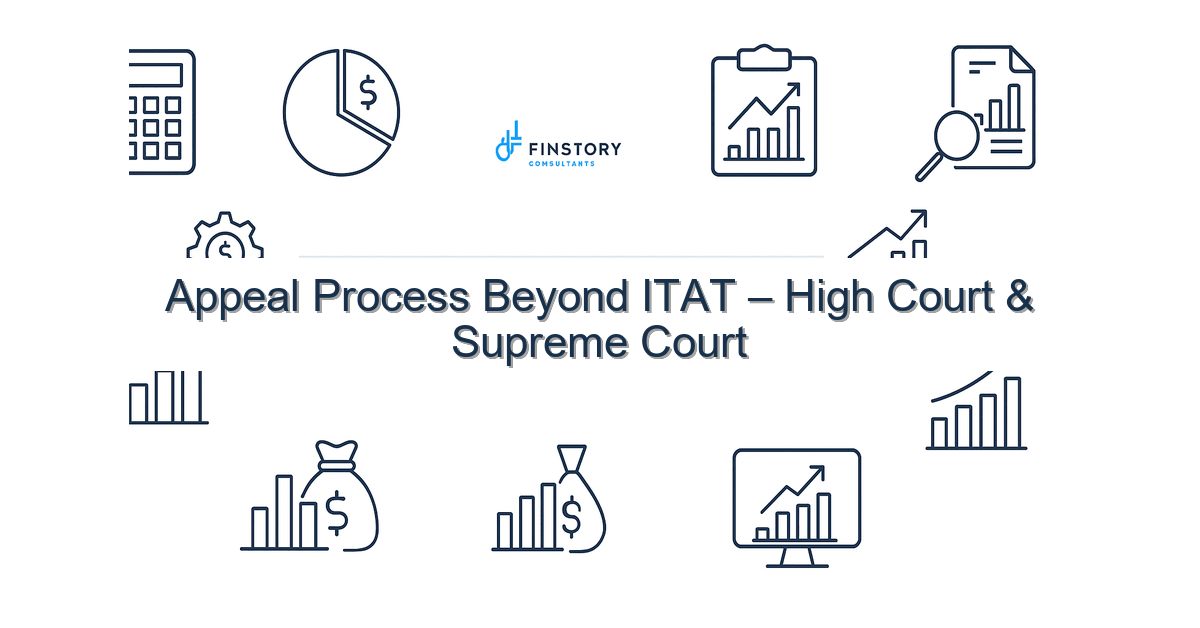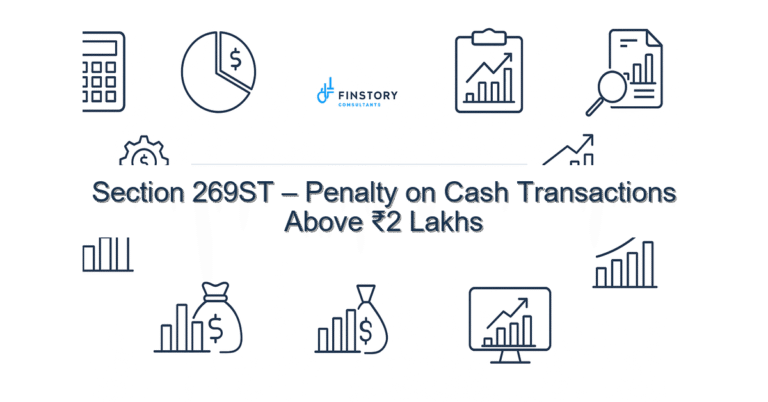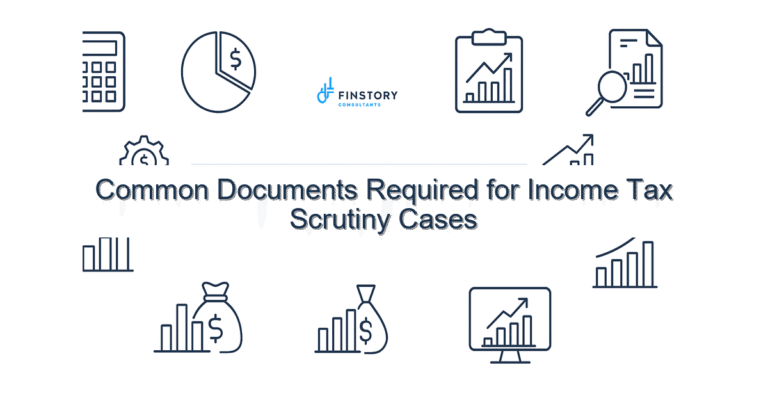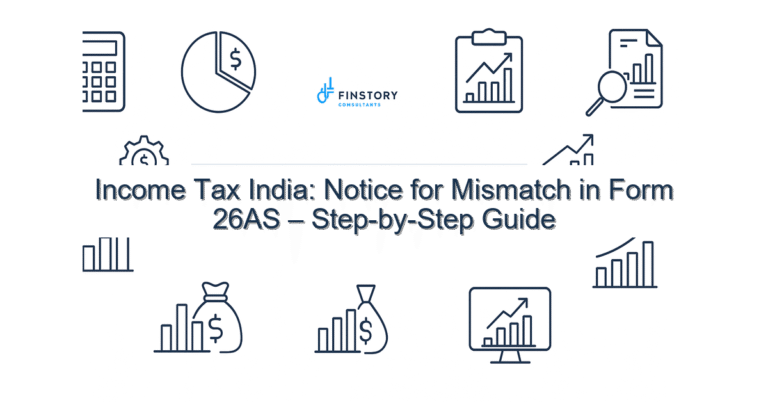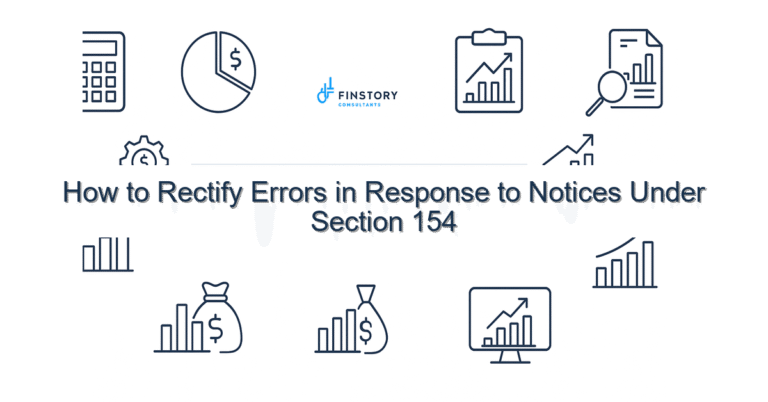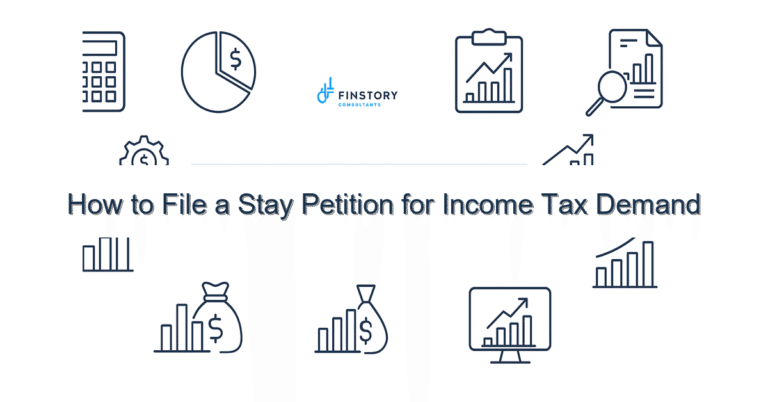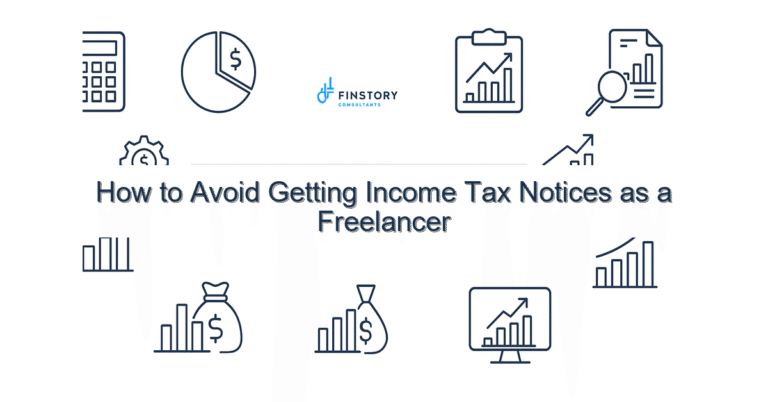Appeal Process Beyond ITAT – High Court & Supreme Court
Receiving an unfavourable ITAT order is stressful — especially when months of compliance, audits and hearings have already taken a toll. You’re juggling business growth, salary responsibilities, and the constant worry about notices and penalties.
Summary: If you’ve exhausted remedies at the Income Tax Appellate Tribunal (ITAT), appeals to the High Court and then the Supreme Court are possible but specialised — they require precision, legal grounds (substantial questions of law), strict timelines, and strong evidence. Professional guidance can reduce cost, speed up resolution, and protect your cash flow.
What’s the real problem in India?
Many taxpayers — salaried individuals, professionals, founders and MSMEs — assume appeals are automatic or purely procedural. In reality, income tax litigation in India turns on legal principles, jurisdictional limits, and compliance with procedural rules set by the CBDT and courts.
Key friction points include confusing terminology (AY/PY), missed statutory timelines, and not aligning documentary proof with legal arguments. Notices and appeals often interact with other tax processes, such as refunds, TDS reconciliations and assessments.
- Symptom 1: Repeated notices because TDS/TCS or AIS/26AS mismatches weren’t resolved before appeal.
- Symptom 2: Appeals dismissed on technical grounds (limitation, maintainability) rather than merits.
- Symptom 3: Uncertain cash flow due to blocked refunds while litigation runs for years.
What people get wrong
Common pitfalls waste time and money:
- Confusing grounds of appeal: Many taxpayers treat a factual dispute as a legal question — High Courts generally hear substantial questions of law, not re-examination of facts decided by ITAT.
- Missing timelines: The limitation period for special leave petitions or writs varies; delays can make appeals non-maintainable.
- Poor evidence bundling: Inadequate or disorganised evidence (invoices, bank records, reconciled AIS/26AS) weakens the case.
- Ignoring concurrent remedies: Some taxpayers skip pre-litigation steps like rectification or review applications that could resolve the issue faster.
A better approach
Think of post-ITAT appeals as legal triage — diagnose, define legal questions, prioritise remedies and control costs.
- Technical review: Have an expert (chartered accountant + tax advocate) map the ITAT order, identify whether a substantial question of law exists, and confirm maintainability.
- Evidence consolidation: Prepare a clean, indexed bundle (electronic and physical) aligned to each legal point; include reconciled AIS/26AS, TDS/TCS statements and bank proofs.
- Choose the right path: Decide between a High Court civil appeal (if a substantial question of law arises), a Special Leave Petition (SLP) to the Supreme Court, or alternative remedies like review/rectification or settlement schemes.
- Cost and timeline plan: Estimate litigation cost vs likely tax exposure and time to resolution; consider interim relief (stay applications) to protect refunds or cash flow.
- Execute with qualified counsel: File crisp, law-focused petitions; avoid emotional narrative and focus on precedents and statutory interpretation.
Real-world example: A Delhi-based MSME appealed an ITAT order on denial of capital gains indexation on a sale. Properly framed, the High Court accepted the substantial question of law; within 18 months the matter settled favorably — saving the taxpayer 35% of the disputed tax plus penalties.
Quick implementation checklist
- Within a week: Order a technical review of the ITAT judgment — identify legal questions and limitation risks.
- Within two weeks: Reconcile AIS/26AS, TDS/TCS records and bank statements; correct any mismatches with deductors.
- Within three weeks: Compile an indexed evidence bundle with copies of assessment orders, notices, and submissions to ITAT.
- Within a month: Seek counsel to advise on High Court vs SLP strategy and probable costs.
- Within six weeks: File stay application if urgent (to protect refunds or prevent recovery).
- Ongoing: Track CBDT timelines, relevant circulars, and case law — set calendar reminders for limitation dates.
- Simultaneous: Review tax-saving posture — check Section 80C limit usage, ITR filing last date compliance, and whether shift to new vs old regime slabs affects liability.
What success looks like
- Measurable reduction in contested tax liability (e.g., 25–40% in favorable appeals).
- Fewer procedural dismissals — cases decided on merits, not technicalities.
- Faster interim relief and better cash flow: stay orders or release of refunds.
- Lower total cost of litigation through early settlement or focused appeals.
- Improved compliance posture — fewer future notices due to reconciled AIS/26AS.
Risks & how to manage them
Risk: Appeal dismissed on maintainability. Mitigation: Early legal review to verify substantial question of law and strict adherence to limitation rules.
Risk: Litigation costs exceed benefit. Mitigation: Cost-benefit analysis that includes tax, interest and penalty exposure; consider alternative dispute resolution or settlement schemes.
Risk: Reputation and bank consequences. Mitigation: Use confidentiality where possible, and pursue interim stays instead of immediate public hearings if sensitive.
Tools & data
- AIS/26AS reconciliation — ensure all TDS/TCS credits match your ITR and bank records.
- Income-tax e-filing portal — file appeals, track status, and download orders.
- TDS/TCS tracking tools and accounting software — maintain audit trails and vendor/deductee reconciliations.
- Case-law databases and legal research tools for precedents on capital gains indexation, interpretation of Section 80C limit related matters, and other disputes.
FAQs
Q: Can I file a direct appeal to the High Court after ITAT?
A: Generally you file an appeal to the High Court only if the ITAT order raises a substantial question of law. Facts decided by the ITAT are not re-opened at High Court level.
Q: How long do I have to file an appeal to the High Court or Supreme Court?
A: Limitation rules vary; prompt action is crucial. Missed timelines often make appeals non-maintainable. Seek legal advice immediately after the ITAT order.
Q: Will filing an appeal block recovery or release refunds?
A: You can seek interim relief (stay) to suspend recovery or secure refunds. Courts decide stay petitions on merits, balance of convenience, and likelihood of success.
Q: Should I fix other compliance issues (like ITR filing last date or TDS mismatches) before appealing?
A: Yes — reconcile AIS/26AS, correct TDS/TCS mismatches, and ensure past ITRs are properly filed. Poor compliance weakens appellate arguments.
Next steps
If you’re facing an adverse ITAT order, don’t wait. Start with a focused legal review that links facts to legal issues, get your AIS/26AS reconciled, and plan a cost-benefit strategy for High Court or Supreme Court appeals.
Contact Finstory for a case assessment: we combine chartered accountant expertise and tax advocates to prepare precise, law-focused appeals and interim applications. We can also help you tidy up compliance areas like ITR filing last date adherence, TDS/TCS reconciliations, and tax-saving planning under new vs old regime slabs.
For practical resources, see our guides: [link:ITR guide] and strategies for reducing liability: [link:tax-saving tips].
Work with Finstory. Speak with an Expert for a personalised plan to reduce your tax outgo and stay compliant. Book a free 20-min consultation.
📞 Need help with Income Tax in India?
Book a 20-min consultation with our tax team. Individuals, founders & MSMEs welcome.
Prefer email or phone? Write to info@finstory.net
or call +91 44-45811170.
